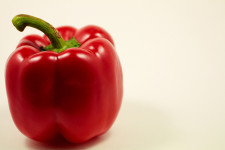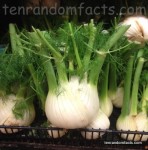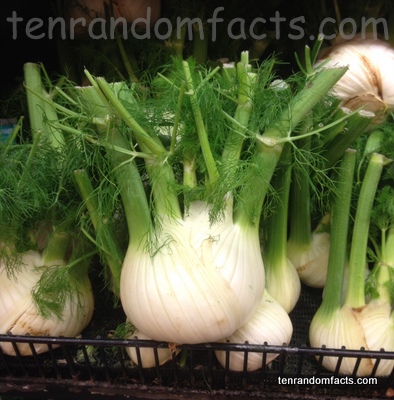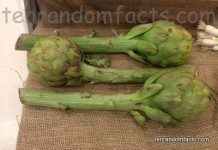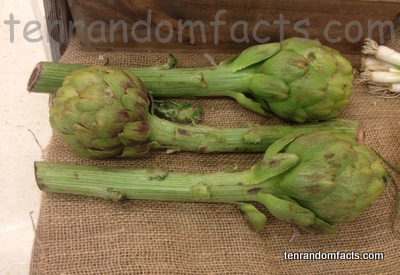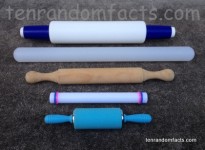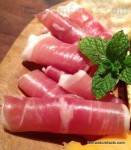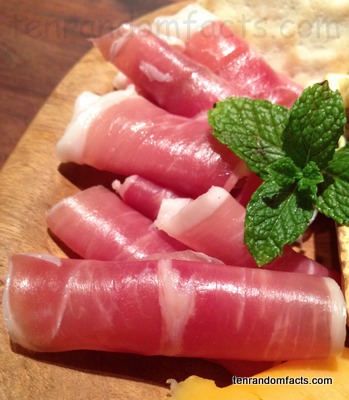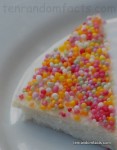
No Aussie party is complete without a bit of fairy bread.
- Fairy bread is a food, generally considered a sweet snack, that is typically bread decorated with a sprinkled topping.
- Fairy bread is usually made of white buttered bread, topped with hundreds and thousands or other types of sprinkles that stick to the butter or margarine.
- Most commonly, fairy bread is triangular in shape, and is generally a full bread slice chopped in halves or quarters, however other shapes can be made using a knife or cookie cutters.
- Parties for children in Australia and New Zealand often have fairy bread as a type of party food, as it is usually popular with children and quick easy to make; while one of the only cafes known to serve fairy bread in 2015, was in Sydney, Australia, and its name was the Parliament on King.
- Fairy bread is relatively unknown outside of Australia (and New Zealand), where it was invented, and one of the first mentions of sprinkling buttered bread with 100’s and 1000’s was in 1921, as part of an advertisement for Perth’s Plaistowe and Co’s nonpareils, and by the late 1920s and early 1930s the snack was used as a party food.
- A poem written by Robert Louis Stevenson, published in 1885, referred to ‘fairy bread’ as a term, and it is believed to be the food’s inspiration, however at least one other author of that era also used the term in their works.
- In the 1920’s in Australia, ‘fairy bread’ was the name of plain wafer-thin bread that had been dried in an oven; and it was not until the early to mid 1930s that this term was used in reference to the now common buttered bread version.
- It is thought by some that fairy bread is a variant of the Dutch hagelslag, which is simply a slice of buttered bread with chocolate sprinkles (various flavours now exist) on the top, however, chocolate hagelslag was not invented until 1936.
- Unlike many bread spreads, stacking pieces of fairy bread on top of each other without pieces sticking together is possible, due to the sprinkles themselves.
- Fairy bread comes in a variety of colours, stereotypically rainbow, although the bread can be decorated in bright blues, greens, pinks and other colours.
Bibliography:
Fairy Bread, 2015, Wikipedia, https://en.wikipedia.org/wiki/Fairy_bread
Hurst P, Australia, We Need To Talk About Fairy Bread, 2015, Munchies, http://munchies.vice.com/articles/australia-we-need-to-talk-about-fairy-bread
What is Fairy Bread?, 2015, WiseGEEK, http://www.wisegeek.com/what-is-fairy-bread.htm







